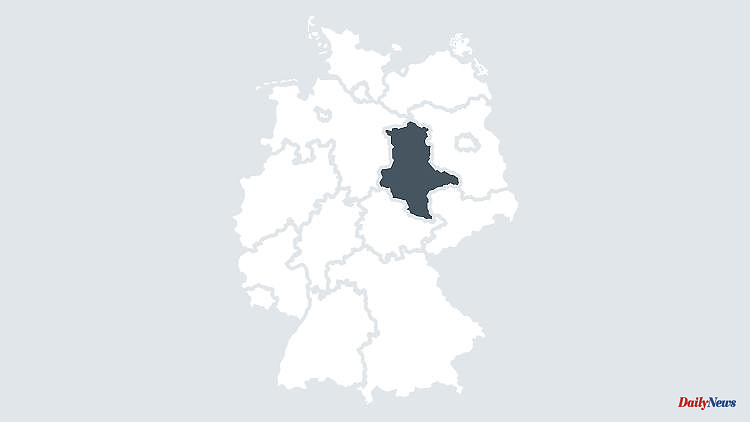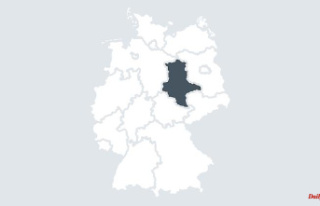Bird conservationists are seeing a slight upswing in the population of the red kite. But is the development really sustainable or is the number of copies threatening to decrease again?
Halberstadt (dpa/sa) - The population of red kites seems to be recovering somewhat in Saxony-Anhalt. "The current population is around 2,400 breeding pairs," said Martin Kolbe from the Red Kite Center in Halberstadt. The number has initially decreased significantly in recent years and has since been at a low level of around 2000 breeding pairs. But now there is growth.
The reason for this is the good nutritional conditions. Last year there were a lot of mice, one of the main food sources for the birds of prey, Kolbe explains. Things are looking a little worse this year. It therefore remains to be seen whether the increase is really sustainable.
Humans play a key role in repelling the Red Kite. Of course, it always happens that the birds die from natural causes, i.e. from diseases, from parasites, from fungal infections, said Kolbe. "But the vast majority of deaths are actually man-made, and that's a big problem."
Many young red kites die on roads and rails in Saxony-Anhalt. It is precisely there that the young animals would increasingly look for food. Older birds collide more often with wind turbines. The latter has been a known problem for years, which is why attempts are made to keep this risk as low as possible. According to the head of the Red Kite Center, this is done, for example, by setting fixed distances between wind farms and breeding areas. Technical solutions such as cameras or radar systems could also help to slow down the wind turbines.
According to the Red Kite Center, more than half of the global red kite population (maximum 25,000 pairs) occurs in Germany, of which around 2,400 breeding pairs live in Saxony-Anhalt.












